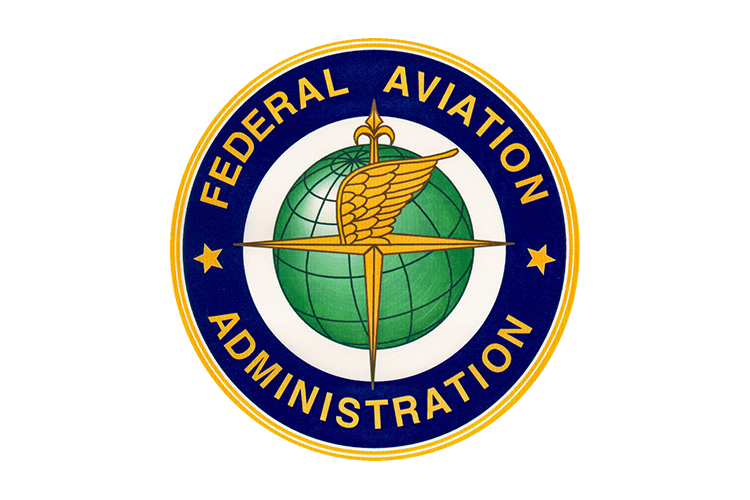Photo Credit: FAA Source: FAA
The Federal Aviation Administration (FAA) is amending its regulations to adopt specific rules for the operation of small Unmanned Aircraft Systems (sUAS) in the National Airspace System (NAS) through a final rule. These changes address the classification of sUAS, certification of sUAS remote pilots, and sUAS operational limitations. This advisory circular (AC) provides guidance for conducting sUAS operations in the NAS in accordance with Title 14 of the Code of Federal Regulations (14 CFR) part 107.
Summary as of May 2016, see above link for current details signed June AC 107-2 (PDF, 404 KB):
| Category | Proposed Provisions |
| Aircraft Requirements | The sUAS must be registered with the FAA prior to flight. |
| Aircraft markings are required. | |
| FAA airworthiness certification not required. However, the Remote Pilot in Command (Remote PIC) must maintain small unmanned aircraft systems (sUAS) in a condition for safe operation and prior to flight must inspect the UAS to ensure that it is in a condition for safe operation. | |
| 14 CFR part 107 does not apply to model aircraft that satisfy all of the criteria specified in Public Law 112–95 section 336. | |
| 14 CFR part 107 codifies the FAA’s enforcement authority in part 101 by prohibiting model aircraft operators from endangering the safety of the National Airspace System (NAS). | |
| Remote Pilot in Command (Remote PIC) Certification and Responsibilities | Remote PICs are required to: • Be at least 16 years old • Be able to read, speak, write, and understand the English language (FAA may make exceptions for medical reasons) • Be in a physical and mental condition that would not interfere with the safe operation of suAS • Pass an initial aeronautical knowledge test at an FAA-approved knowledge testing center (or pass this online course, for part 61 certificate holders) • Obtain an unmanned aircraft operator certificate with a small UAS rating (like existing pilot airman certificates, never expires) • Pass a recurrent aeronautical knowledge test every 24 months |
| Prior to flight, the Remote PIC must• Conduct a prefight inspection, to include specific aircraft and control station systems checks, to ensure the suaS is safe for operation
• Make available to the FAA, upon request, the suAS for inspection or testing, and any associated documents/records |
|
| Report an accident to the FAA within 10 days if the sUAS operation results in serious injury or property damage. |
| Operational Limitations (Continued) | Visual line-of-sight (VLOS) only, the unmanned aircraft must remain within VLOS of the operator or visual observer. At all times the small unmanned aircraft must remain close enough to the operator for the operator to be capable of seeing the aircraft with vision unaided by any device other than corrective lenses. |
| The Remote PIC may use visual observers (VOs), but they are not required. | |
| No person may act as the Remote PIC, a person manipulating the controls, or a VO for more than one unmanned aircraft operation at one time. | |
| Daylight-only operations (official sunrise to official sunset, local time) | |
| Must yield right-of-way to other aircraft, manned or unmanned. | |
| First-person view camera cannot satisfy “see-and-avoid” requirement but can be used as long as requirement is satisfied in other ways. | |
| Small unmanned aircraft may not operate over any persons not directly involved in the operation. | |
| No operations from a moving vehicle or aircraft, except from a watercraft on the water. | |
| Maximum airspeed of 100 mph (87 knots). | |
| Maximum altitude of 400 feet above ground level. | |
| Minimum weather visibility of 3 miles from control station. | |
| No operations are allowed in Class A (18,000 feet & above) airspace. | |
| Operations in Class B, C, D and E airspace are allowed with the required ATC permission. | |
| Operations in Class G airspace are allowed without ATC permission | |
| No careless or reckless operations. |

